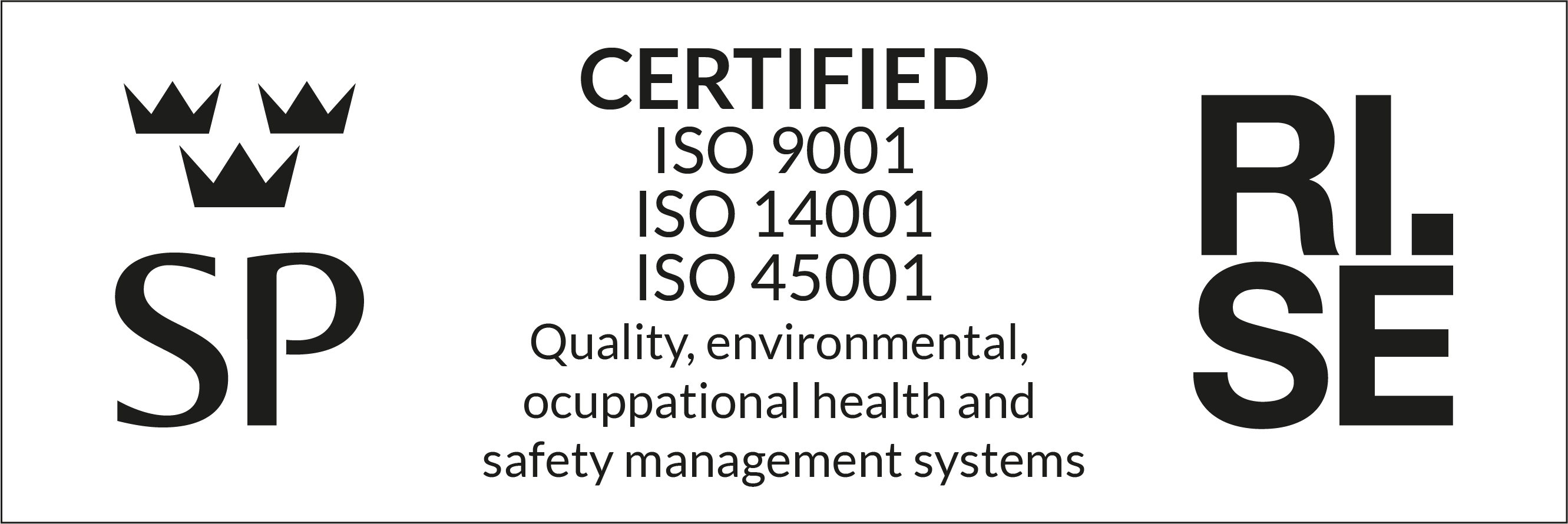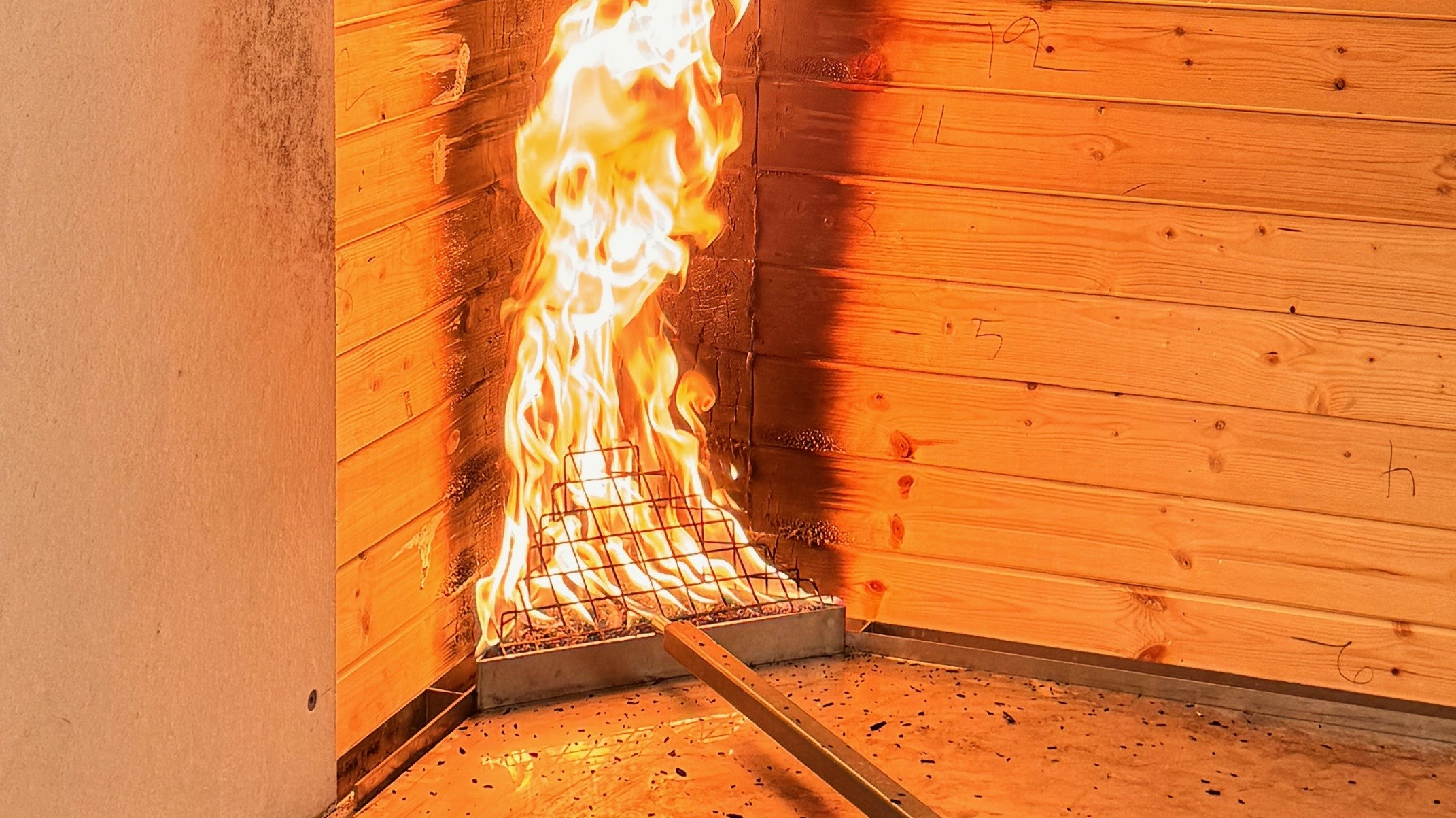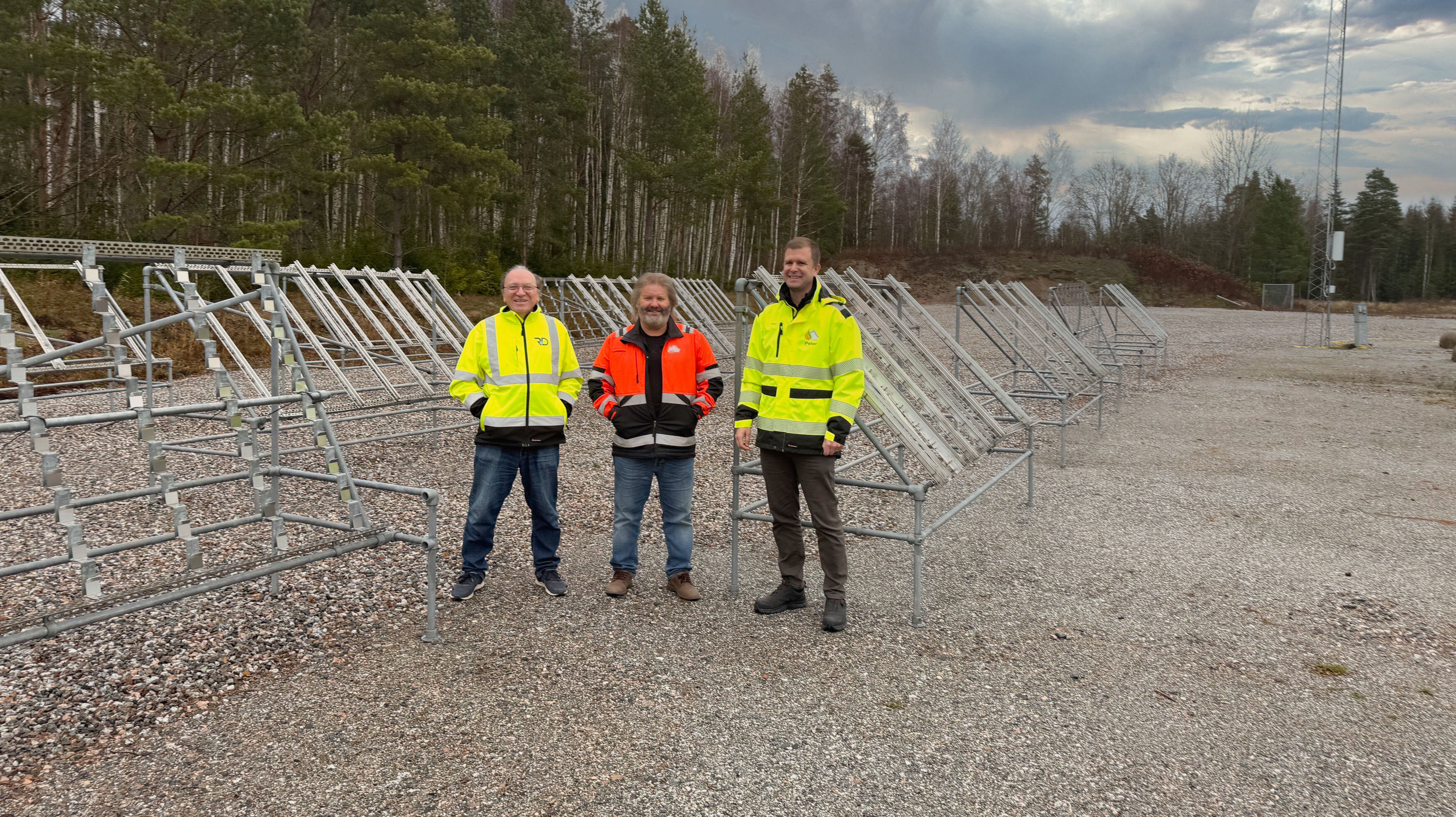Consider this
Our services are project-specific, which means that delivery times can be long depending on how complex the project is. A few products are available in stock, for example nail studs and raw sheeting, other materials are produced on request.
When it comes to our services, instructions and directions, you will always find the latest version on our website. However, the range of documentation may be old and beyond our control as we regularly check and update information, but which is to some extent downloaded by third parties and thus may be out of date at the moment.
Precisely for this reason, we want to highlight the following factors that can cause problems if you do not follow our instructions:
Safety above all
If you feel unsure, have product questions or have doubts. Wait to get started, get in touch with us and we will be more than happy to help you. Contact our support at: support@woodsafe.com or call us directly on +46 10 206 72 30
Warehousing & storage
Warehousing & storage
Materials must be stored in original packaging until assembly takes place.
Storage must be flat and well elevated (>100 mm from damp surface).
Storage is preferably done indoors, but outdoors in cold storage also works well.
Regardless of the environment, moisture conditions must always be controlled. The risk of condensation/steam formation under the wood plastic, for example, must be prevented, as this moisture can drive out a smaller amount of the fire retardant because the wood product is not ventilated, and there is no possibility of drying in the package format.
Vapor formation can be created in environments where moisture penetrates the package - if sunlight heats the package or from changing temperature and ambient humidity, then mold growth can form, this is a natural phenomenon that is not caused by the fire retardant itself.
Painting
Painting
Painting must be carried out according to our fact sheets.
Treatment should not be carried out in conditions where high humidity, strong sunshine, low temperature, dew and frost occur, or in the vicinity of such situation.
Remember that it is the job of the paint layer to be compatible with the protective properties of the fire protection, not the other way around. A defective paint cannot constitute a right of complaint for any damage allegedly caused by the fire protection product.
The execution with a control plan must always be displayed for review of the painting performance in such a situation.
Choice of paint type
Choice of paint type
There are many paint systems for wood, and not all paints are suitable for use.
Paint systems such as mud paint, iron vitreous and silicon based systems are not suitable for use. Manufacturers that are certified in system SS-EN16755 EXT for Woodsafe PRO™ are Engwall & Claesson and Teknos.
Contact our customer service for more information at customer service (at) woodsafe.com.
Impression is based on fire protection system
Impression is based on fire protection system
Woodsafe PRO™ painted for exterior use looks like wood, that is, you see the wood structure.
In cases where other actions occur on the same facade, for example fire protection painted alongside Woodsafe PRO™, the visual difference will be noticeable because they are different systems.
The same condition applies to ammonium-impregnated products that must be painted in thick layers, these will also look puttyed in relation to Woodsafe PRO™.
Fitting WOODSAFE® PRO™
Fitting WOODSAFE® PRO™
There are no special requirements for fitting material in relation to the industry recommendations.
Visible nail heads, fixing plates etc. that can oxidize should always be painted, so that these defects caused by the fastening material itself do not create visual or practical problems.
Fitting WOODSAFE® Exterior WFX™
Fitting WOODSAFE® Exterior WFX™
Fastening materials such as nails and screws must be made of acid-proof stainless steel.
Tinplate or sheet metal of other materials, for example aluminum or zinc, must always have such properties or protection that they can withstand acidic water (<ph3), which can be formed from wood types such as cedar, heat-treated wood, oak and from excess fire retardants that have not been fixed in the cell structure, and which in rare cases may remain as a residual product on the surface of the panel, in battens or the like.
Acid precipitation, low pH
Acid precipitation, low pH
Types of wood that are impregnated with Woodsafe Exterior WFX™ often consist of heat-treated pine type Thermowood D, cedar, cedar shavings and oak. These types of wood but also other types of wood contain, among other things, tannic acid. When these substances are wetted by rain in combination with low pH values, discoloration can occur on sensitive materials, or absorbent materials such as concrete.
Drip plate must extend from the facade and concrete plinth and be of a stainless type or treated against corrosion. Acid rain can create this phenomenon, which usually only occurs shortly after installation, but is rare.
Contact the support department for more information.
CE approval
CE approval
Woodsafe providesa contract impregnation services to impregnate wood and plywood against fire.
The performance stated in the certificate is determined under specific execution and current conditions at the time of testing. If a change is made in relation to the certificate (for example planing, sawing, splitting, assembly and painting, etc.), then the prerequisite is changed. Responsibility for whether the performance is subsequently equivalent rests with the downstream user to ensure and take responsibility for.
Woodsafe Timber Protection cannot take responsibility for changes to the material, as these changes are completely outside our control. This in itself is nothing strange, this applies to all certified products regardless of the type of product.



